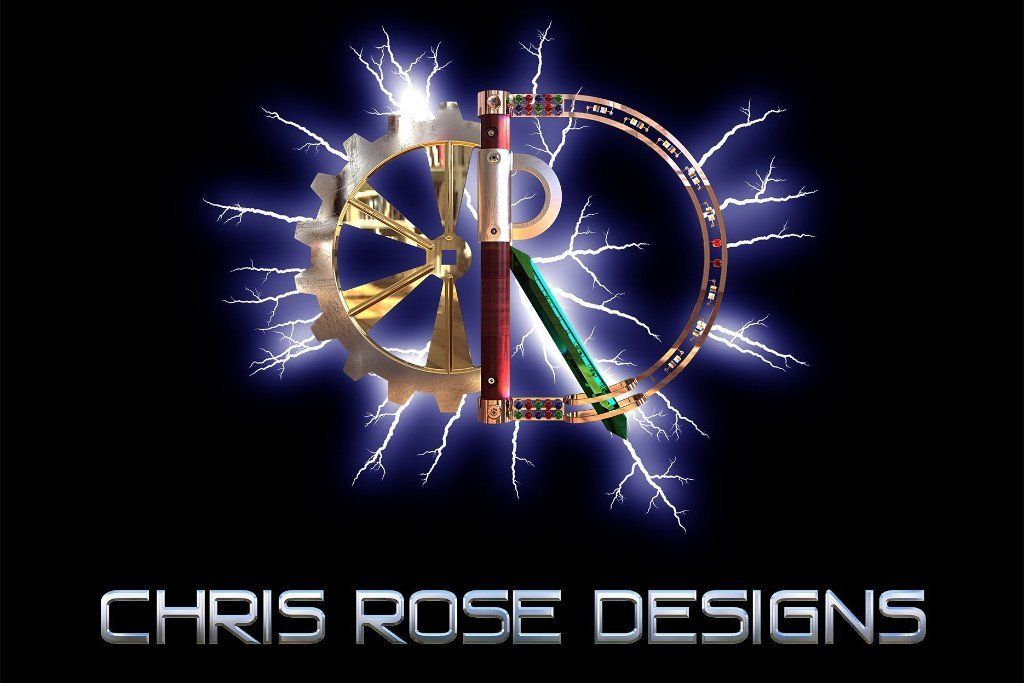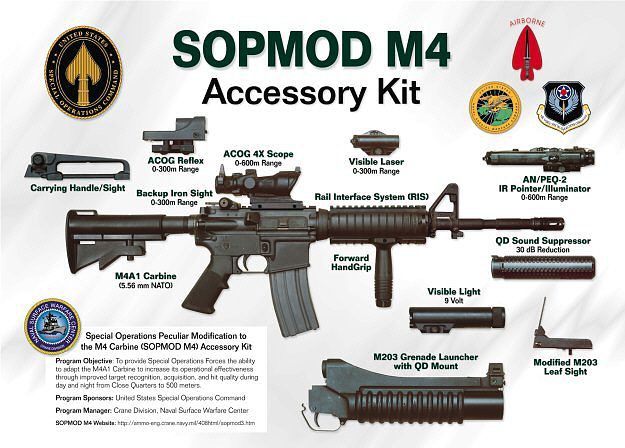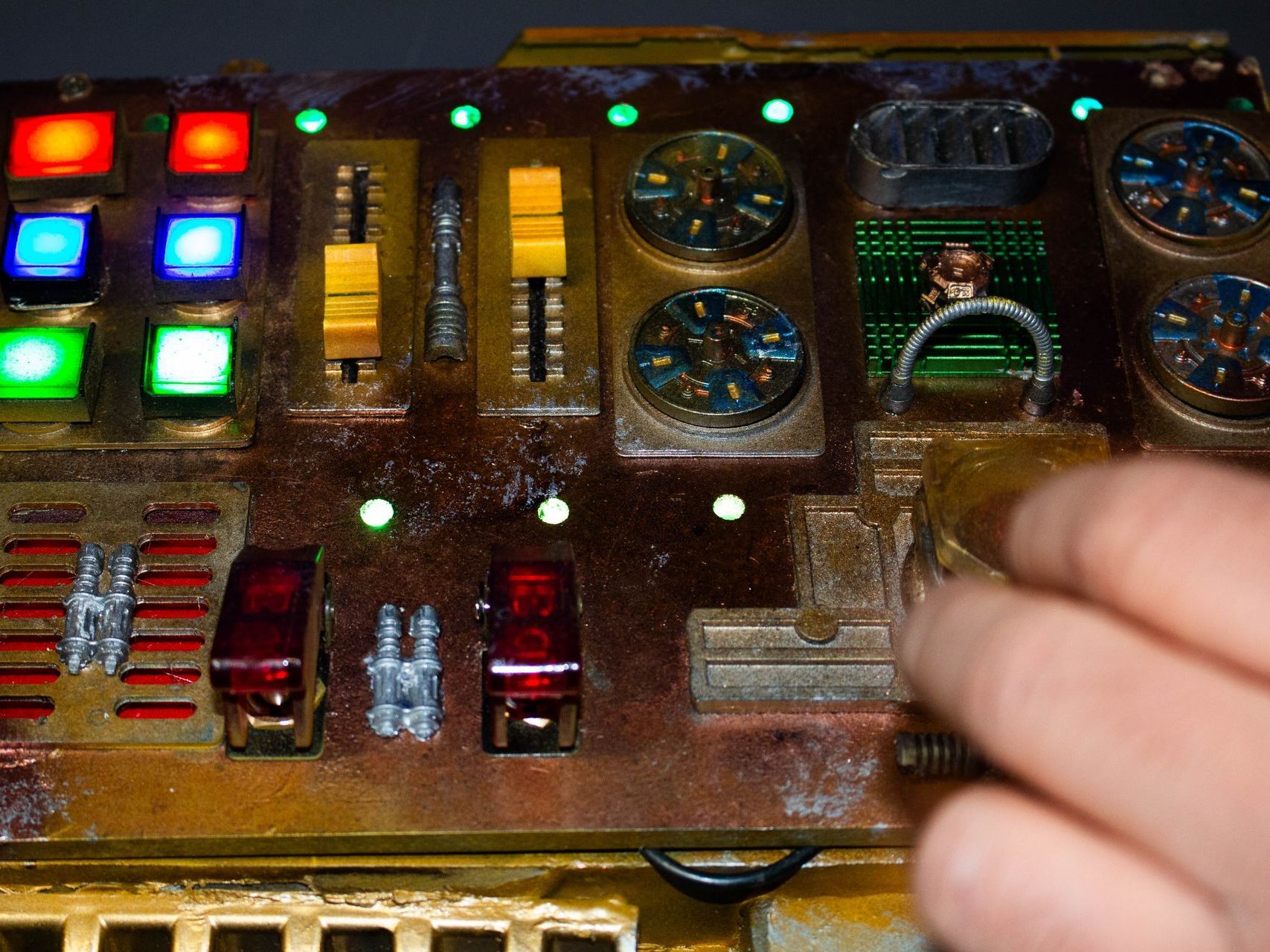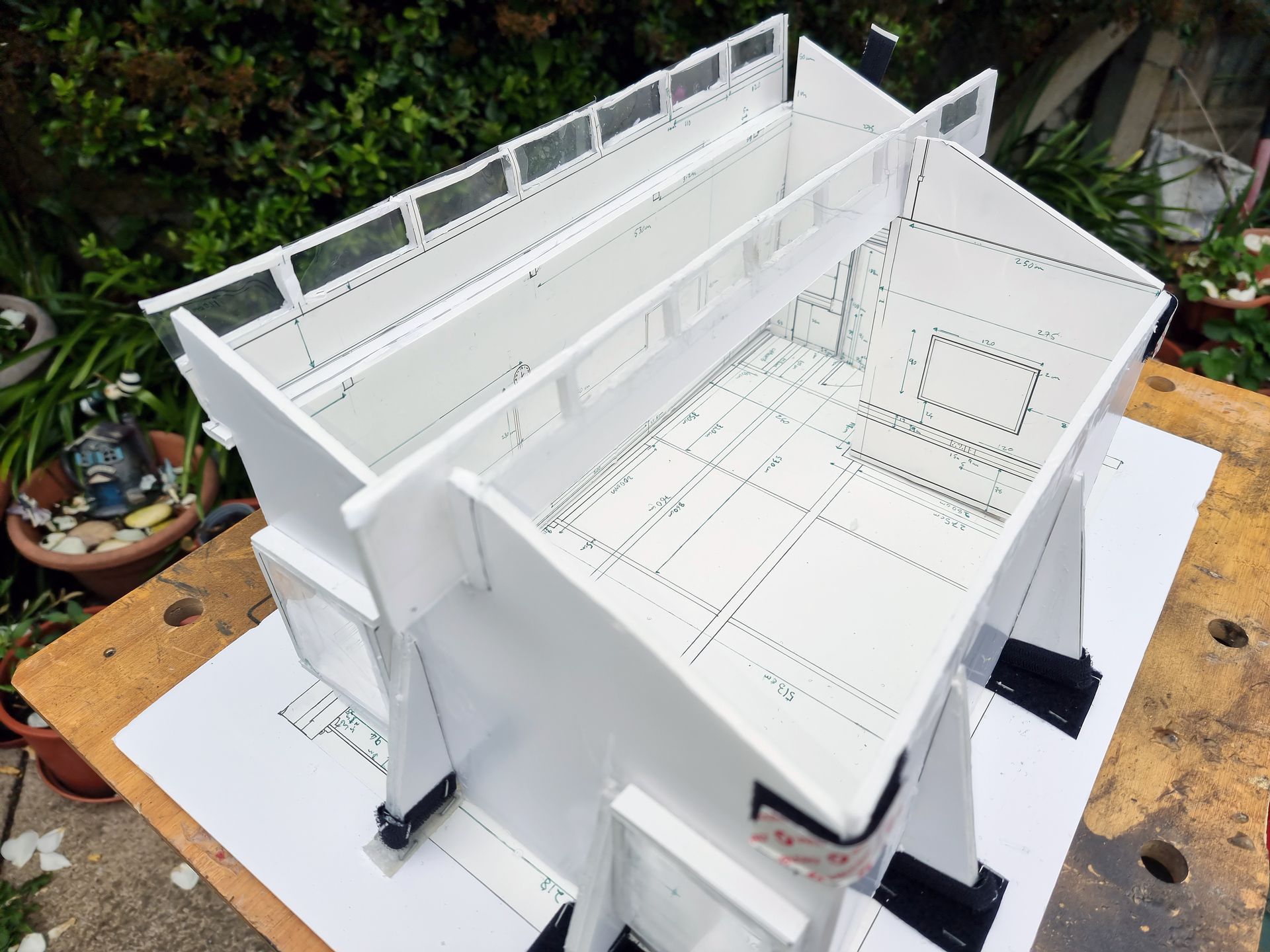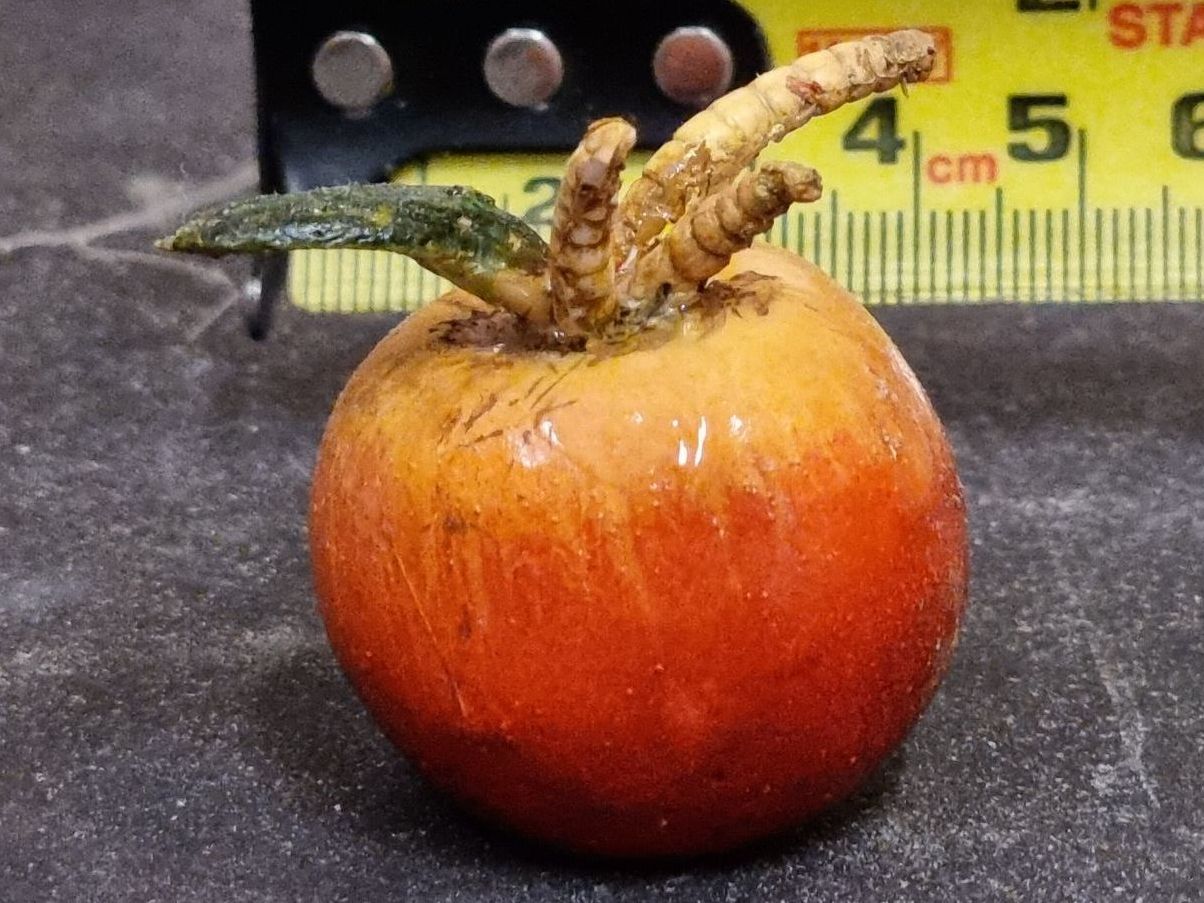Shadow Theatre Light
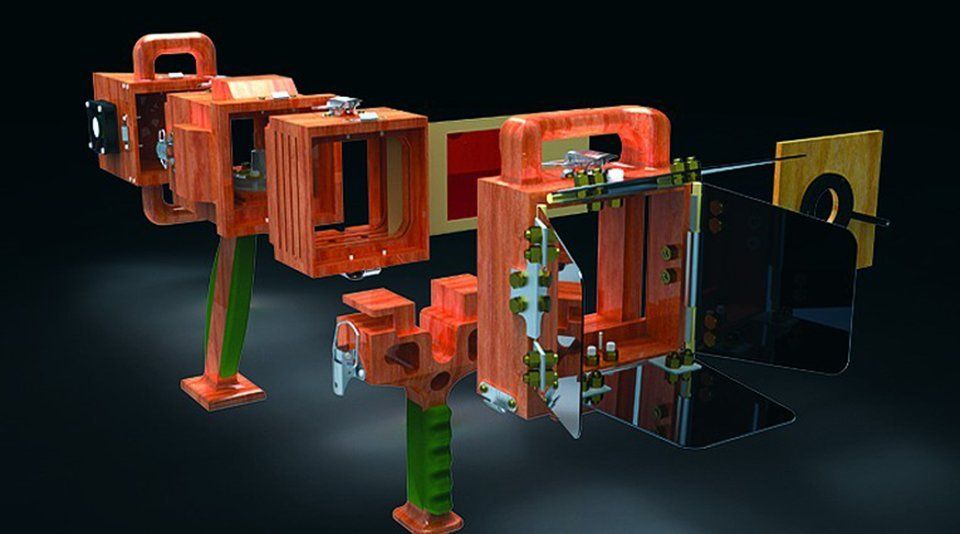
Project Intro
For my so called intern year at Brunel University there were no real offers despite averaging a 2.1 grade point average over the 2nd year and rescuing projects for the group. The work load made it hard to find the time to seek internships and being 38 did not help. With an interest in props and effects I was introduced to a shadow theatre company called Shadowstage. The company wanted a new lighting system and gave a brief, however it was neither an internship nor work experience as they could offer no training of any kind or access to any workshop equipment or resources. They just wanted a free or next to nothing new lighting system made by someone using their own tools getting own materials. This was clearly not a good deal but however it would give an opportunity to practice CAD skills, add to my portfolio, practice design and problem solving with a live brief.
The brief was to develop a new lighting system to be used for their shows. The shows involved use of a translucent screen a few metres across card jointed puppets, slides, gobo stencils and I think people themselves are back lit silhouetted through the screen towards the audience. The original report and most of the CAD images were lost due to hard drive failure.
Product Design Specifications
The brief had a variety needs and specifications. The system had to
- Project a controlled light beam towards the screen but not overlap it.
- Have enough power to light the 2m x 4m screen with strong contrast, clear to the audience.
- Be hand held.
- Be used and controlled in total darkness.
- Control needs to be strong, simple and logical, with fine creative control.
- Light and comfortable to be used for long periods of time fitting hands well.
- Have a shoulder or back strap to take the weight so the arms and hands control rather than support it.
- Have a power lead able to compress or retract to avoid trip hazards, tangles, scraping sounds or jolting as yanked out of the uses hands, jogging the light, pulling it from or pulling out the plug.
- Have a cooling system to avoid the lamp causing overheating and the cooling system needs to be quiet.
- Avid transferring heat to the user.
- Have a means to open and close the iris and adjust the size of the beam.
- Have a system of changing colours, gobo stencils and image slides.
- Be collapsed for transit and ideally have interchangeable modules.
- It needs to be able to be made with limited tooling and materials possibly wood.
- Needs a quick and easy way to connect the modules.
Original Sketch Designs
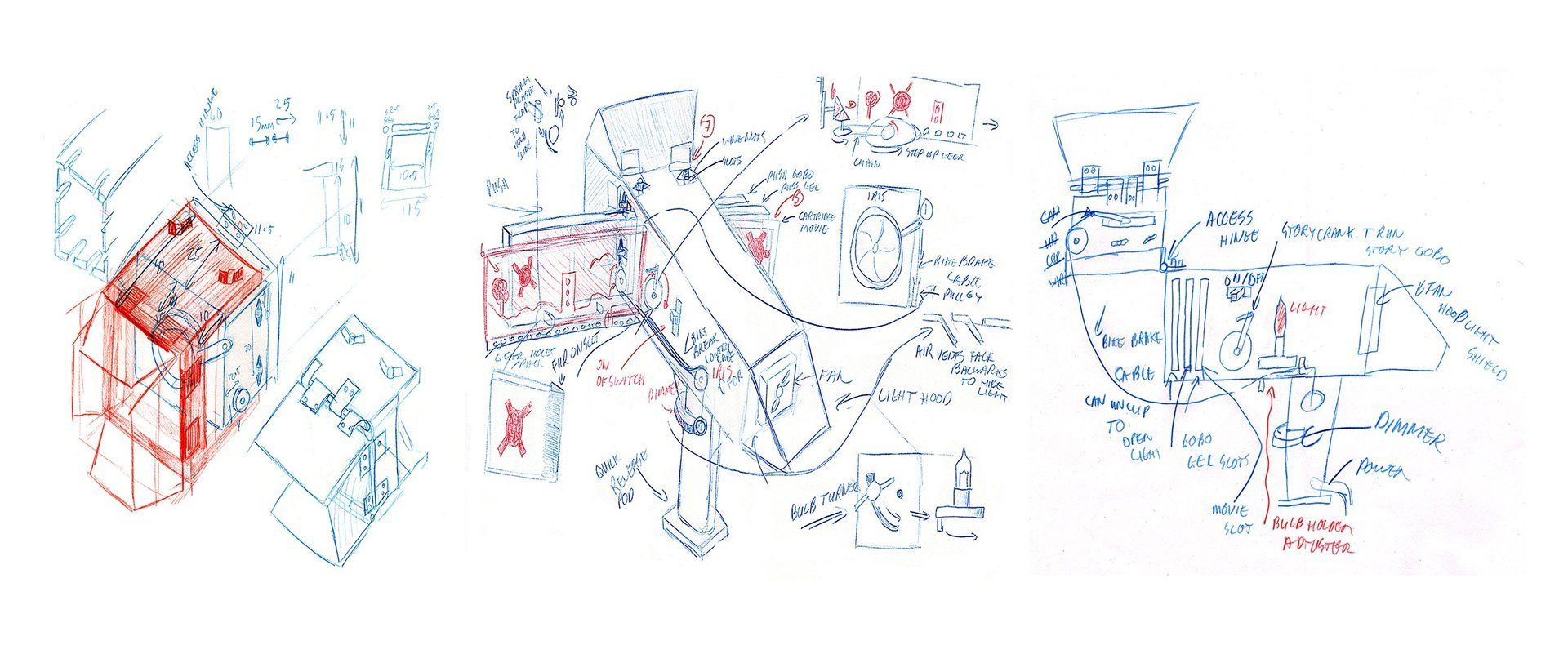
Concept
The basic concept was to base a modular system on an assault rifle, similar to the one in this picture with a vertical forward grip.
To enable combat these need to be economic & efficient in handling, with support of a shoulder strap.
This would make a good base for the hand held lighting system and easier to aim with easy to access controls.
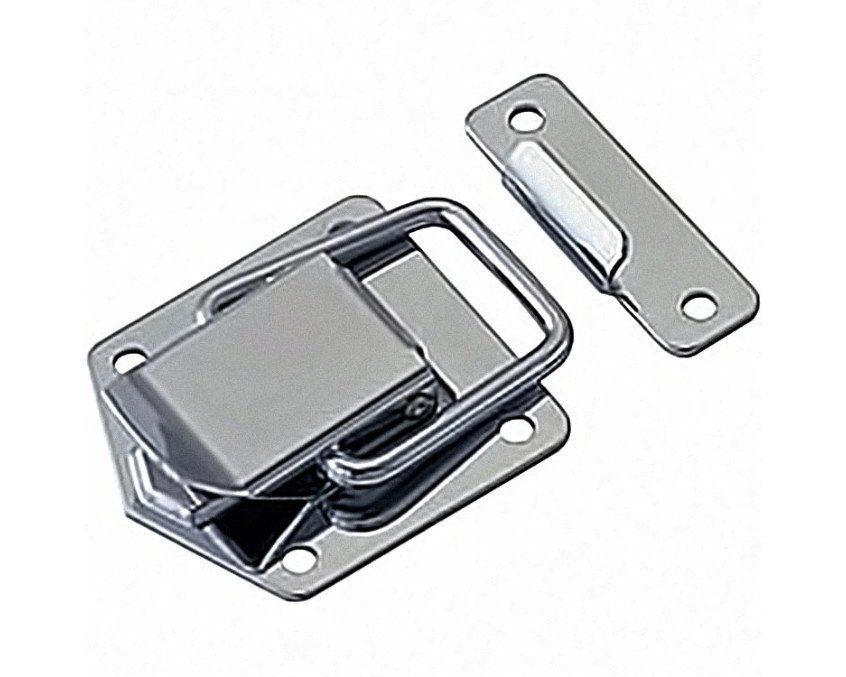
Modular Design
The modules were to include a:
- Cooling system.
- Light box.
- Slide, gel & gobo (Stencil) holder.
- An aperture with lever control.
- Lens system to focus the light for gobos or slides.
- Modules Connected with Catch Clips (Right)
Cooling Module
The simplest cooling system was airflow cooling with a fan, such as those on low noise computer cases. Placing the fan behind the lamp at a distance behind and out of line of sight of the light source, plus internal matt paint should help avoid light leakage.
Shoulder strap loops were added as this was to be at the rear. The unit is slopped to direct the heat away from the user and with loops top and bottom this makes it ambidextrous.
Shoulder strap loops were added as this was to be at the rear. The unit is slopped to direct the heat away from the user and with loops top and bottom this makes it ambidextrous.
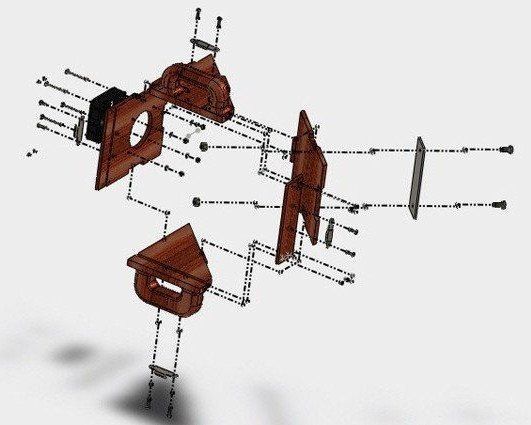
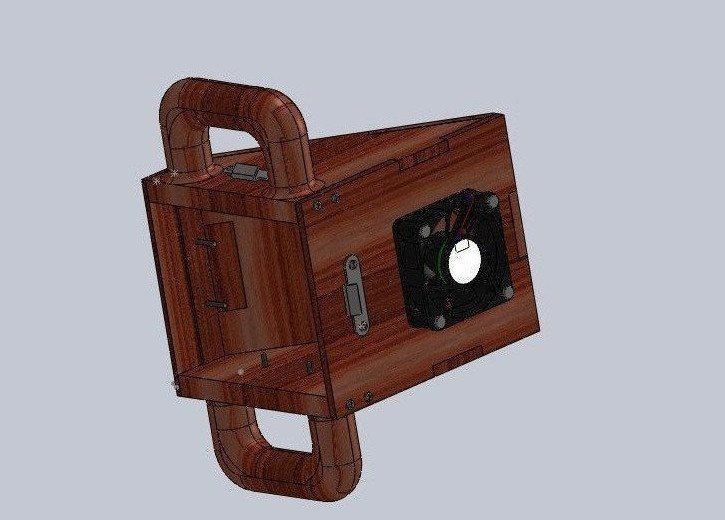
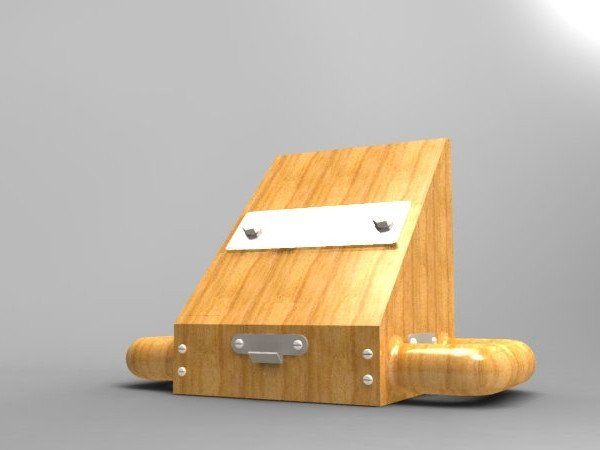

Lighting Module
- The lighting unit was to have some form of light source. Here a bulb holder, but more likely to be a high power LED which may help cooling. A heat sink needs to be added later.
- The unit has baffled/covered air vents to prevent light leakage.
- Underneath is a pistol grip with foam cushioning, possibly suede coated.
- Catch clips are to be used to connect modules.
Filter, Gel, Gobo and Slide Holding Module
The gel and gobo section mostly just a slot box to slide in a variety of gobo stencils, coloured acetate gel or possibly slides, designed to slot into the lighting unit, iris and barn door sections.
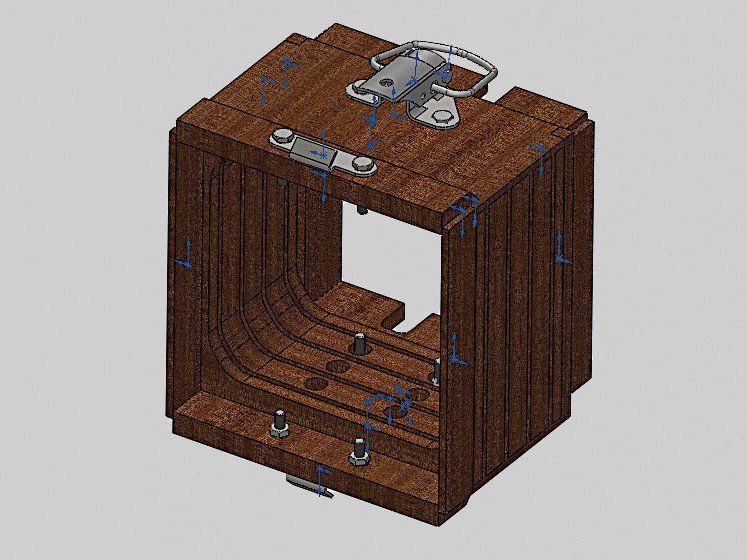
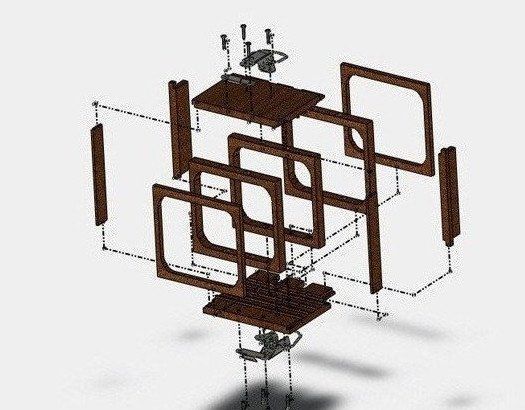
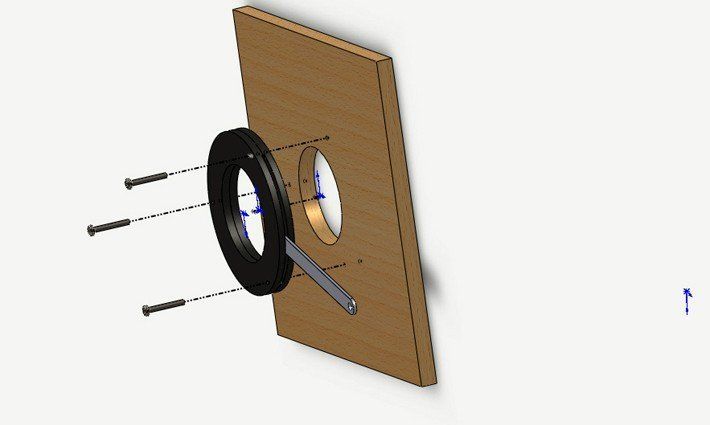
Iris Module
An iris is needed to control the volume of light and size of the beam. The iris part may need purchase as a separate unit
The backing could be Silka Block foam or MDF,
The backing could be Silka Block foam or MDF,
Barn Door Module
The barn door section can be used to shape the light to the screen and prevent light spill. The doors could be laser cut with high friction hinges. Again catch clip connections.
On top is the front shoulder strap loop.
Underneath is a slot for the forward vertical grip and there is a slot for the iris.
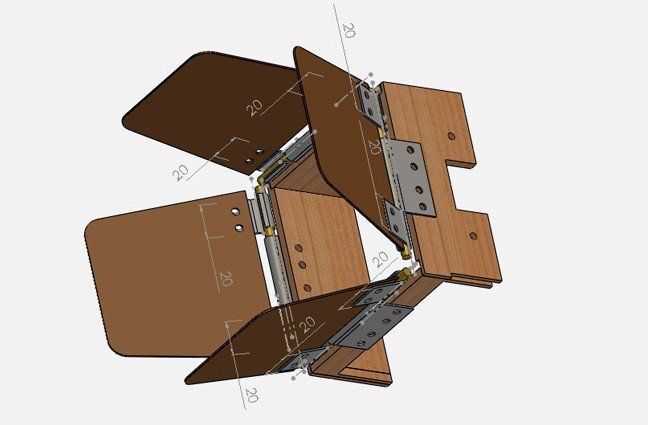
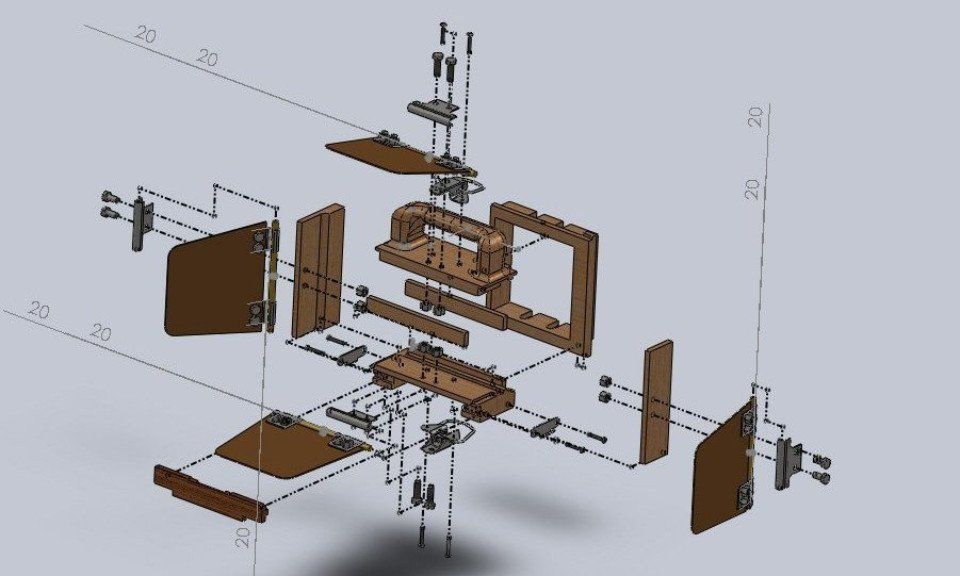
Forward Vertical Grip Module
The forward vertical grip is based on advanced assault rifles to steady the lighting system and take pressure off the rear arm. Foam grips could be gun foam moulded. It also helps subtle members. This module slots under the barn door unit.
This can be laser cut and CNCed. This would be locked into place with catch clips.
This can be laser cut and CNCed. This would be locked into place with catch clips.
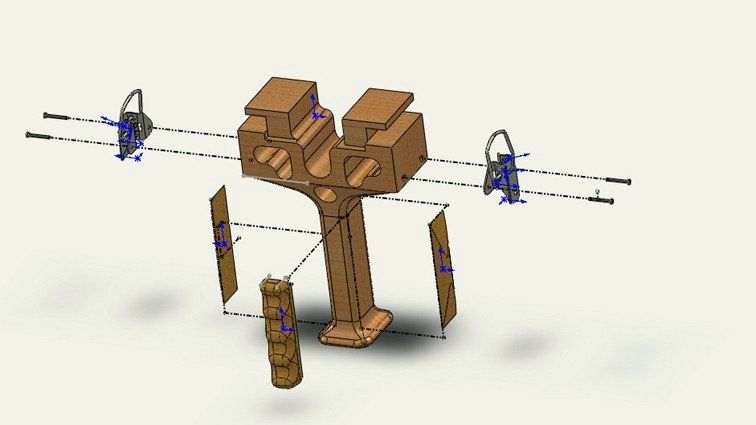
Solidworks Assemblies - Connecting the Modules

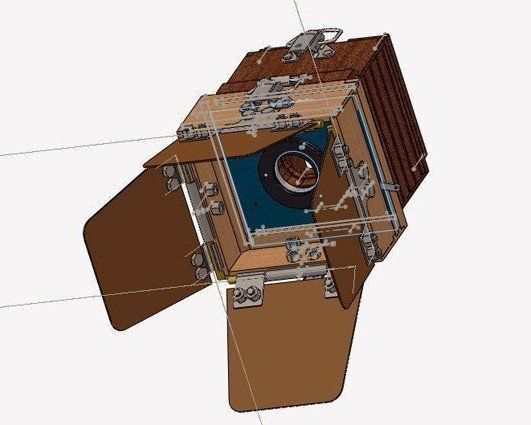
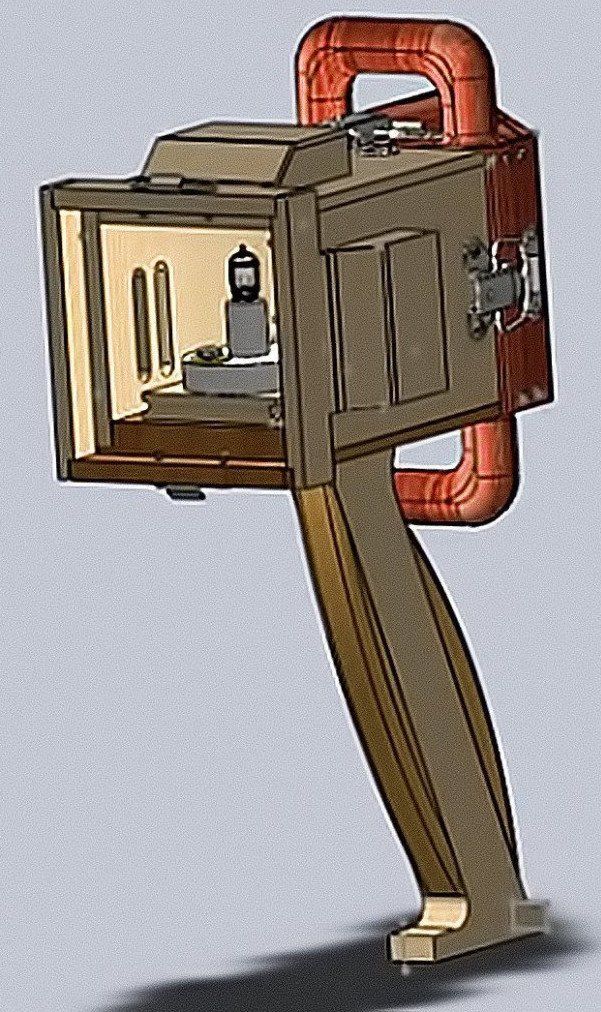
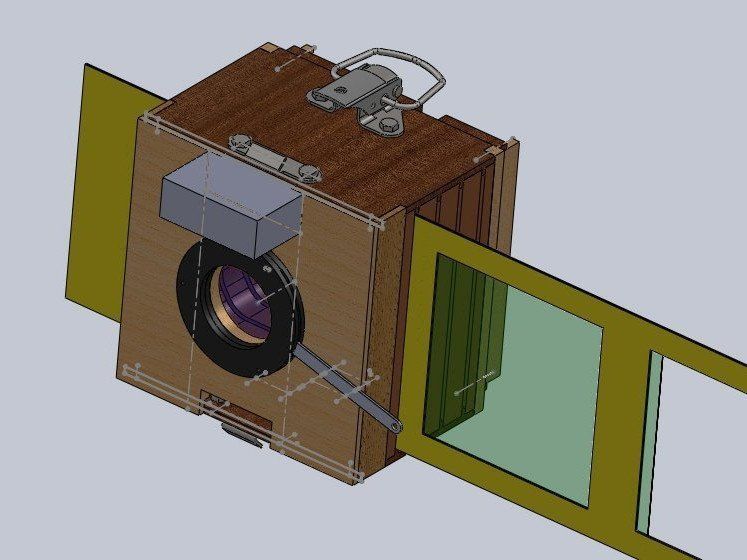
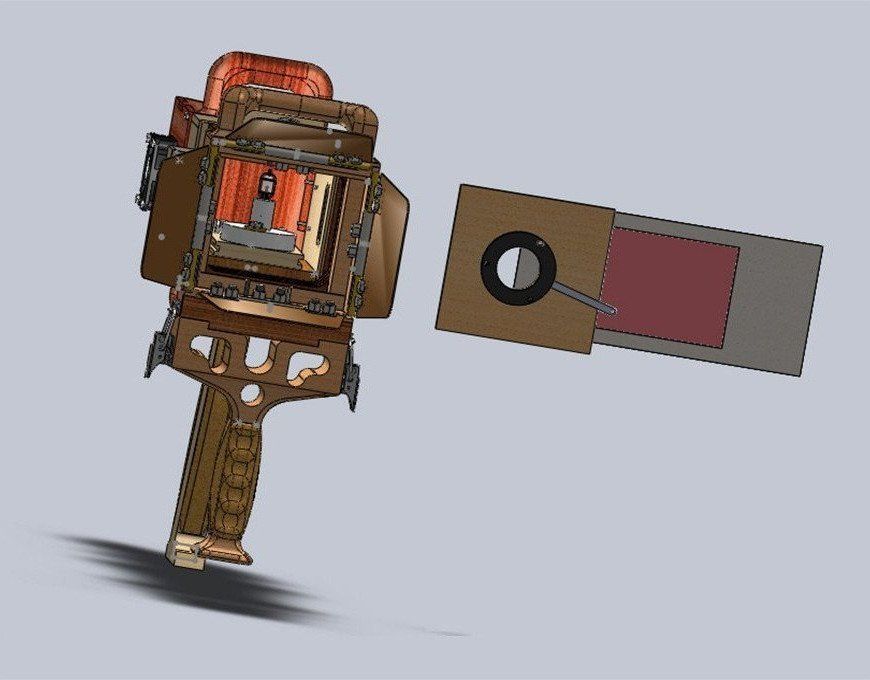
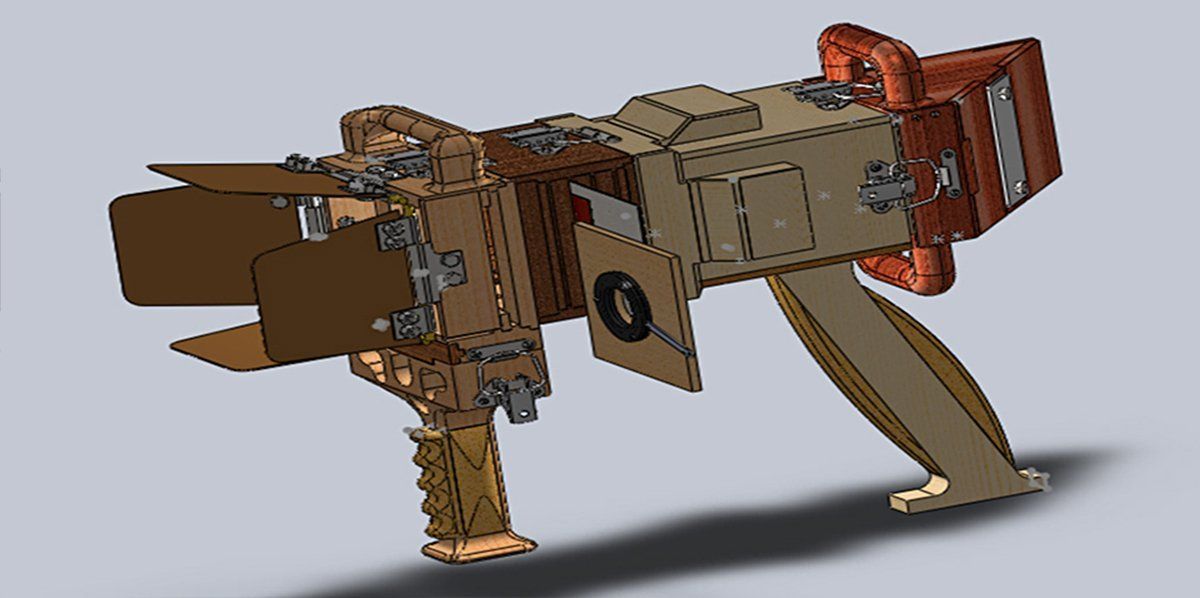
Two more modules were ideally needed and that would be a focusing lens system where gobos which are in effect stencils or slides and the electrical connection. However evaluation shows it was not practical to continue.
Electrical Connection
Focusing Module
The electrical connection was to be mains but using a spiral telephone like cable system as internal coils on springs would cause induction heat. This was to retract the cable as much as possible to prevent entanglement and trip hazards, most likely connected with a bayonet connection probably a bulb socket.
It would also take a fair amount of experimentation and development to make sure the system could generate enough light without becoming a fire risk and the cooling fans effectiveness would be limited.
A dimmer switch system would also have been added and a transformer to reduce the system to safe electrical levels.
A focusing module was more of an option at the time.
If neither gobo light stencils or slides were to be used then the system could just project light coloured by acetate gels and size controlled by the iris and barn doors.
If neither gobo light stencils or slides were to be used then the system could just project light coloured by acetate gels and size controlled by the iris and barn doors.
Adding a lens system would have been far more complicated and certainly not doable within the brief of being able to make the system using the limited tools available. It would also have added considerable weight and need precision mechanical screw thread system requiring metal working tools such as lathes. It would also likey raise the cost considerably
Project Evaluation and Additional Modules Needed
Even the minimal design here would require more precise tools like laser cutters and CNC machines to be able to machine the components with enough precision to make this project viable and no budget from the client.
The project was supposed to be work experience where I was to learn the equivalent of an internship with Dyson or Rolls Royce. There was no training of any kind and the operation was too small scale to count for much as work experience.
Given that it was unlikely anything like they wanted could be made at the kinds of budgets, with no workshops or tooling let along training and supervision from the Shadowstage company the project was terminated. The designs, CAD files, sketches etc handed to the company should they find someone else and a budget to be able to engineer a system like this which they did like.
What I got out of it was a project to practice Solidworks CAD skills with some Keyshot rendering below.
The project was supposed to be work experience where I was to learn the equivalent of an internship with Dyson or Rolls Royce. There was no training of any kind and the operation was too small scale to count for much as work experience.
Given that it was unlikely anything like they wanted could be made at the kinds of budgets, with no workshops or tooling let along training and supervision from the Shadowstage company the project was terminated. The designs, CAD files, sketches etc handed to the company should they find someone else and a budget to be able to engineer a system like this which they did like.
What I got out of it was a project to practice Solidworks CAD skills with some Keyshot rendering below.
Final Keyshot Render

